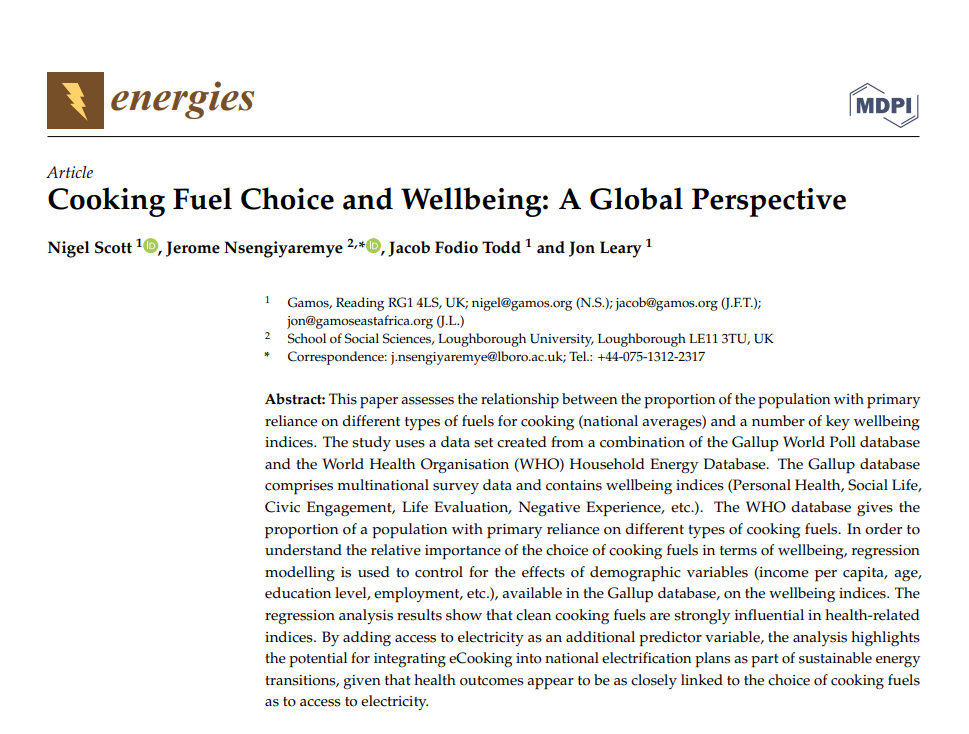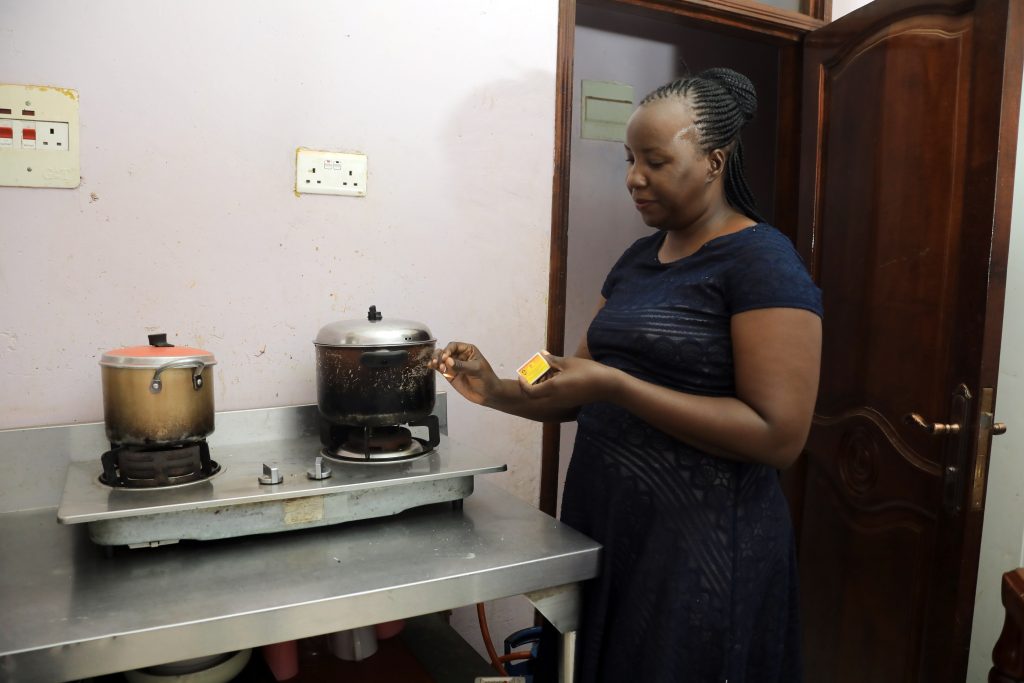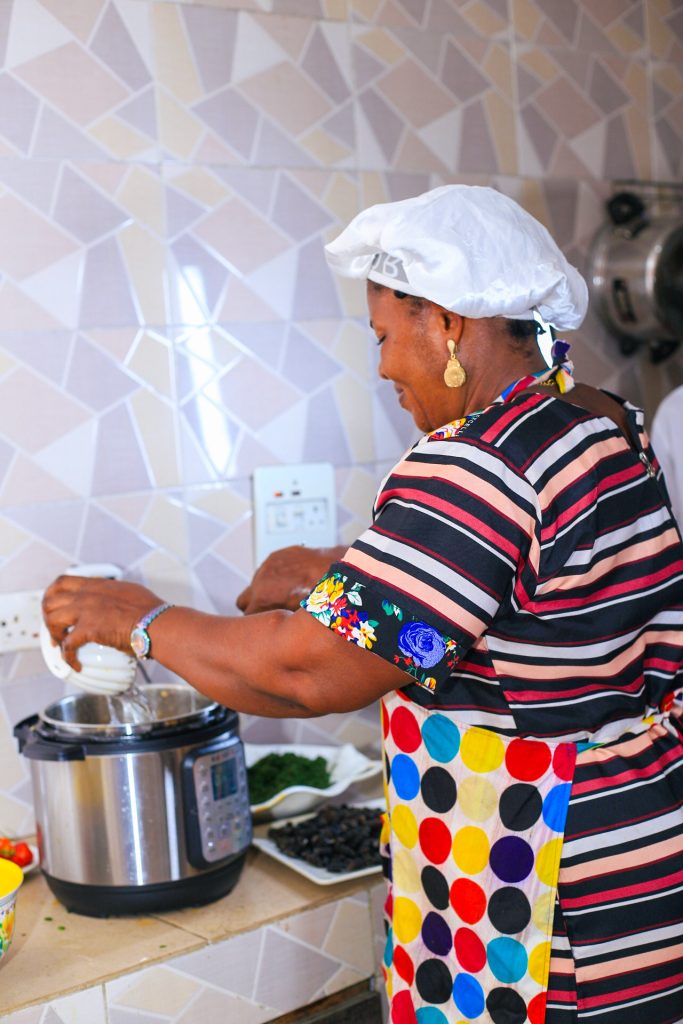- Date
- 15th May 2024
- Categories
- Clean Cooking, Electric Cooking
By Dr Nigel Scott & Jacob Fodio Todd, Gamos Ltd.
We report back on the paper that we published after winning the Gallup and Cookpad World Cooking Index Research Contest (see earlier blog), which gave us access to the global Gallup datasets.
It may seem obvious to us that cooking with smoky, dirty fuels in confined spaces that make you sweat and your eyes sting would impair your quality of life, but that’s based on a viewpoint of an external researcher – what about the opinions of cooks themselves? Do they really feel that cooking with these fuels results in a poorer quality of life? Put another way, does using clean cooking fuels have an impact on wellbeing?

Our proposal for the World Cooking Index contest was to use the data to test hypotheses on links between choice of fuels used for home cooking and a range of quality-of-life indicators. The first place we started was the literature on wellbeing, which quickly threw up a distinction between ideas of subjective and objective wellbeing. Subjective wellbeing indicates “wellbeing as described by self”, whereas objective wellbeing is concerned with measures or dimensions of life, such as level of education, or income. Most of the literature on cooking and wellbeing focuses on household air pollution and the negative impacts on health, which are often gendered. Pollution (indoor and outdoor) has also been shown to be linked to mental health and depression. These studies address objective wellbeing. Interestingly, we found a few studies that looked at links between cooking fuel choices and subjective wellbeing indicators of happiness and life satisfaction, but these studies used only national level data.
The Gallup world poll appealed to us on a number of fronts. Primarily, it gathers opinions from people across the world – their own, personal views. Secondly, it covers a wide range of countries, from low to high income. Thirdly, it gathers opinions on a wide range of topics considered by academics to be important to quality of life, so this includes issues such as law and order, health etc.
The first step was to match up wellbeing data with cooking fuel choices, so we combined the Gallup World Poll data with the WHO Household Energy Database, which gives the proportion of households using each of the main cooking fuels as their primary cooking fuel. Mean values of each of the wellbeing indices were calculated for each country for each year (2018 to 2020) and merged with the WHO data for the same years. In the resulting dataset each record represents a single country for a given year. This dataset then enabled us to explore relationships between the choice of clean cooking fuels and wellbeing indices at the country level, i.e., all countries are equally weighted, irrespective of population size.

The WHO database contains data on the use of biomass, charcoal, coal, electricity, gas, and kerosene as primary cooking fuels. For the purposes of the study, only electricity and gas were classified as clean cooking fuels. While in most regions of the world the majority of countries used clean cooking fuels, countries in Africa had the lowest proportion of their populations primarily using clean cooking fuels (18.8%), followed by South-East Asia (63.9%). The analysis looks for links between the proportion of population using clean cooking fuels and mean wellbeing indices. A simple correlation across all countries showed that six out of the nine wellbeing indices were linked to use of clean cooking fuels.
However, there are plenty of other factors aside from cooking fuels that influence these wellbeing indices, most notably financial and poverty status. The Gallup dataset includes a number of demographic variables that were linked to per capita income at the country level, such as age, education, household size, and urban/rural context. These variables were added to the proportion of populations using clean cooking fuels in regression models to control for these socio-economic status demographic variables.

The results confirm that, even when socio-economic factors are taken into account, both the Personal Health and Negative Experience indices are strongly linked to the choice of clean cooking fuels (Personal Health is more positive with increasing use of clean cooking fuels, and Negative Experience declines with increasing use of clean cooking fuels). This makes sense given that components of the Personal Health index include issues relating to health problems and pain, fatigue and worry; Negative Experience includes similar variables of pain, worry, stress, and anger. Intuitively these reflect health risks and discomfort associated with burning biomass, and to difficulties of gathering and buying wood fuels.
A final exercise involved adding national electrification rates into the regression models. This showed that choice of clean cooking fuels was just as important as access to electricity in influencing the Personal Health index. This indicates that from a health point of view, people appreciate clean cooking just as much as they appreciate access to electricity. This adds strength to the arguments made in an earlier paper that calls for electric cooking demand to be integrated into modern energy planning and electrification strategies.